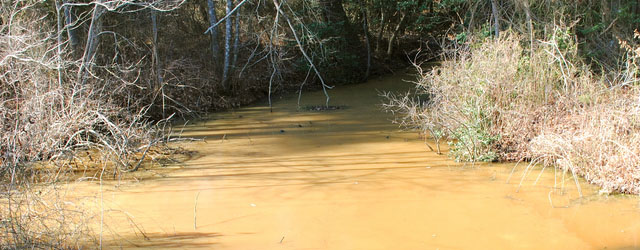Drinking water contains the following common bacteria and chemicals. Learn about what you don’t want to be giving your children. Check out our well water treatment page so can find out the correct applications to get rid of impurities such as the ones listed below.
E . COLI and Coliform BACTERIA
E-coli and Coliform Bacteria are the most likely source of acute water-borne disease. So they should not be present in our drinking water. Thousands of cases of bacterial illness occur every year. And many of them are fatal. Many strains of bacteria are not toxic. But some can cause very serious illness. Even mild cases can result in diarrhea, vomiting, cramps, and other gastrointestinal symptoms. Likely to be affected, are young children and those with weaker immune systems
Since contaminated water may not taste or smell “bad”, most cases of water-borne disease are not likely to be identified as such. The presence of bacteria in drinking water indicates that treatment methods are not working properly and are not adequate to remove all viable microbes. When treatment fails, drinking water may become potentially toxic. Community water systems take steps to disinfect drinking water, but they may not become aware of problems until it’s too late. This bacteria was first recognized as a cause of illness in 1982.
LEAD
Lead from pipes can leach into household water used for drinking, cooking, and washing. Many homes and buildings have pipes and plumbing fixtures that contain lead. Lead is so toxic that even very low levels may be dangerous. Also, it has been linked to many serious illnesses, especially in young children. Lead can harm mental and physical development and may cause brain abnormalities, kidney damage and hypertension. Lead can leach from pipes into household water, making this plumbing a major source of water contamination and a potential source of toxic lead poisoning. As with other water contaminants, the risk of lead damage are much greater for children than for adults. Families should be particularly concerned about the health of the water supply.
PESTICIDES
Deadly chemicals, pesticides, used to eliminate weeds, insects and other harmful elements in crops. Their pervasive use, however, has produced its own harm. Now it is not uncommon to find pesticide contamination in our drinking water. Atrazine and Simazine are two pesticides commonly found in drinking water. 60 million pounds of these chemicals are introduced into the environment each year as herbicides. These chemicals potentially leak into the soil, groundwater, and the lakes and rivers that are the sources for the water we drink. They are so toxic that the EPA-mandated maximum level is equivalent to less than one drop in a swimming pool. There are laws that require the regular testing of community water supplies, but they are, in practice, rarely tested.
NITRATES & NITRITES
A common yet incredibly harmful pollutant especially to children and small animals When animal and human wastes or field fertilizers come into contact with water, they show up as nitrates and nitrites. Both are serious contaminants because they affect the very core of human life – birth and the development of young life.

QUESTIONS? Email Us
